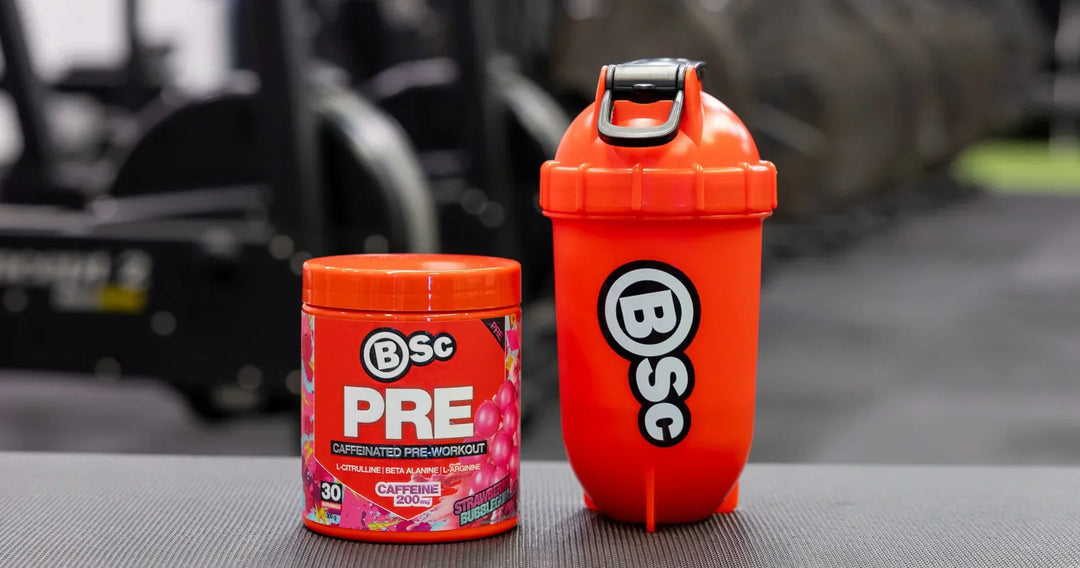Pilates for Weight Loss: Flexibility, Strength and Confidence

Is Pilates Good For Weight Loss?
Pilates can help weight loss, but it’s not the most impactful solution.
This is crucial - if your intention is to start an activity to lose weight, then many more effective sports, exercises, routines, and diets will help you achieve results. If you’re already doing Pilates to increase your range of motion, strength, agility, and flexibility, then you’re doing it for the right reasons, and yes, there are added benefits such as weight loss.

The 5 Main Health Benefits of Pilates?
1. Burning Calories
It’s important to note that, while there is a formula to work out the number of calories you’ll burn in a Pilates class, you have to consider age, weight, and the intensity of the class as factors that may alter the results.
The average person burns 200-250 calories per hour doing pilates. We mentioned earlier that Pilates isn't the best practice for losing weight because burning 250 calories in an hour-long class could be achieved by going for a paced walk for 20 minutes.
Take a look at our fat loss mistakes guide for more insights.
2. Improved Posture
By improving core strength, refining the muscle groups in the lower back and abdominals, Pilates can assist in correcting poor posture and is proven to prevent neck and shoulder injuries.
3. Building Strength
Most commonly, Pilates is used by individuals to gain strength. Pilates uses your body weight for resistance and focuses on working both small and large groups of muscles. Regular Pilates workouts will lead to increased core strength and muscle tone.
4. Improving Agility, Flexibility, and Range of Motion
One of the benefits of Pilates is that it significantly improves flexibility and balance, especially for elderly and healthy adults. In fact, studies have shown that Pilates is more effective than static stretching for some areas of the body.
5. Building Confidence, Friendships, and Self-assurance
For many, gentle activities like low-intensity Pilates are their only level of capacity to engage in exercise. For some that haven't worked out in years due to these limitations, a surge in confidence and self-assurance is experienced, not to mention the added social aspect always helps build positive sentiment around working out!

Recommended Workout Frequency for Pilates
This will vary according to your goals and limitations. For some, one session a week may wear them out for the following days to come; others may find that pilates isn’t challenging enough to meet their weight loss and strength-building goals. We also find it’s easier to increase the intensity of Pilates, not so much the frequency as this could get expensive.
Pilates Beginner - 2 times per week at a low level.
Pilates Intermediate - 2 to 3 times per week on a medium intensity.
Pilate Expert - 2 to 4 times per week combining facets of pilates - Piloxing (pilates and boxing) or Yogalates.
The Culprits for Gaining Weight
Losing weight must start at a fundamental level. If you don’t completely understand why you are gaining weight, then there is no reason why the body wouldn’t return soon after you’ve lost it, or you just won’t see results at all.
Here are the top 6 culprits for gaining weight.
- Consuming total excess energy (kilojoules/calories) - particularly in the later part of the day.
- Inadequate energy expenditure at training or in general daily activity.
- Consuming excess saturated fat and/or alcohol.
- Bingeing between meals or late at night.
- Eating for the wrong reasons e.g. comfort, stress, and social occasions.
- Skipping meals - especially breakfast and lunch.
To Sum Things Up
Pilates can be used to reach limited weight loss goals and is far more effective for those that identify as obese or overweight. But Pilates is most effective in increasing strength, flexibility, balance, posture, range of motion, and self-confidence.



